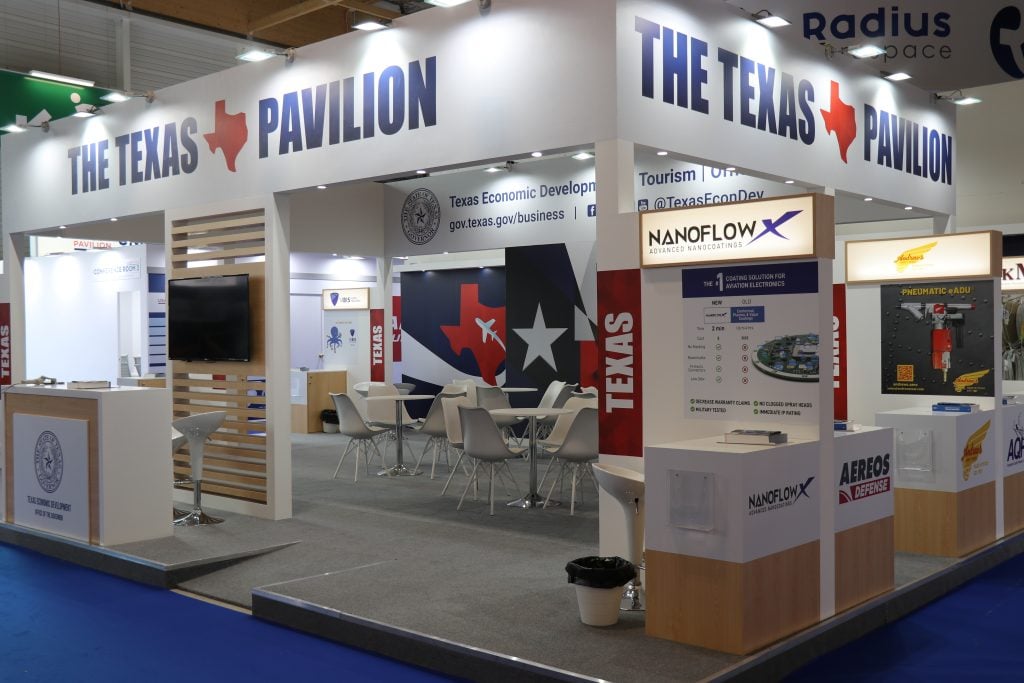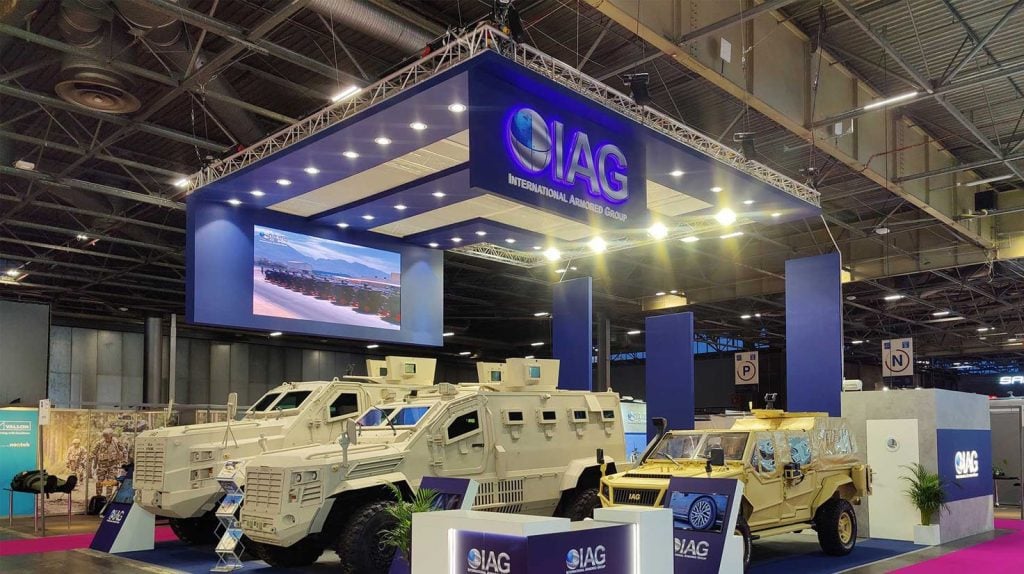
In the fast-paced world of trade shows and exhibitions, innovation drives success. However, the future of exhibit design isn’t solely about cutting-edge technology or captivating visuals—it’s increasingly about sustainability. The concept of a circular economy is leading this charge, revolutionizing how we design, build, and manage exhibits. It’s not just a trend but a necessity, a shift that holds the potential to reshape the industry and contribute to a more sustainable future.
So, what does a circular economy mean for your next exhibit? Let’s delve into how this approach is set to transform exhibit design, benefitting both your brand and the planet.
Understanding the Circular Economy:
To grasp its impact on exhibit design, it’s essential to first understand what a circular economy is. Unlike the traditional linear economy—where products are created, used, and then discarded—a circular economy is about closing the loop. It’s a system designed to maximize the lifecycle of resources by promoting reuse, repurposing, and recycling. This approach minimizes waste and significantly reduces environmental impact.
In the context of exhibit design, a circular economy means rethinking every aspect of your booth, from the materials you select to how you manage your exhibit after the show. It’s about creating a system where nothing goes to waste, and everything has a purpose.
Why the Circular Economy Matters for Exhibit Design?
The advantages of adopting a circular economy approach in exhibit design are far-reaching and compelling. Here’s why you should consider it for your next show:
- Sustainability as a Competitive Edge: In today’s market, sustainability isn’t just an option; it’s a demand. Consumers and businesses alike are increasingly conscious of environmental impact. By embracing a circular economy, your brand demonstrates a commitment to responsible practices, which can set you apart from competitors. This alignment with eco-friendly values resonates deeply with audiences, particularly with Millennials and Gen Z, who prioritize sustainability in their purchasing decisions.
- Cost-Effective Solutions with Long-Term Benefits: While implementing a circular economy might initially seem like a higher investment, it’s one that pays off over time. By designing with reuse and recycling in mind, you can reduce the need for new materials, lowering your overall costs. Additionally, repurposing elements from previous exhibits not only saves money but also allows for innovative design solutions that keep your booth fresh and engaging without the hefty price tag.
- Innovation Through Repurposing: A circular economy approach encourages creativity. By rethinking how materials can be reused or repurposed, you open up new possibilities for design innovation. Imagine transforming last year’s booth into this year’s standout feature with a few clever adjustments and a fresh perspective. This not only reduces waste but also enhances the visual appeal and uniqueness of your exhibit, making a lasting impression on attendees.
- Durability and Adaptability: Exhibits designed with a circular economy in mind are built to last. Modular designs, for example, allow you to adapt and reconfigure your booth for different shows, extending its lifecycle and reducing the need for constant rebuilds. This adaptability ensures that your exhibit remains relevant and effective across multiple events, maximizing your return on investment.
- Reducing Environmental Impact: The circular economy is fundamentally about reducing the environmental footprint of your exhibit. By choosing sustainable materials, minimizing waste, and optimizing the lifecycle of your booth components, you’re contributing to a healthier planet. This not only benefits the environment but also aligns your brand with the growing global movement toward sustainability.
Implementing a Circular Economy Approach in Exhibit Design
Ready to embrace the circular economy? Here’s how you can integrate this approach into your exhibit design:
- Choose Sustainable Materials: The foundation of a circular economy is selecting materials that can be reused, recycled, or composted. Opt for eco-friendly options like recycled aluminum, FSC-certified wood, or biodegradable plastics. These materials not only reduce your environmental impact but also ensure that your exhibit is aligned with sustainable practices. By choosing durable, high-quality materials, you also extend the lifespan of your exhibit components, reducing the need for frequent replacements.
- Design for Disassembly and Reassembly: One of the key principles of a circular economy is making it easy to disassemble and reassemble products. In exhibit design, this means creating booths that can be taken apart and reconfigured without damaging the components. Modular designs are perfect for this, allowing you to mix and match elements for different shows. This flexibility not only saves resources but also enables you to customize your exhibit for each event, keeping it fresh and engaging.
- Plan for Reuse and Repurposing: Think beyond the immediate show. When designing your exhibit, consider how each element can be reused or repurposed for future events. Can that eye-catching display be updated with new graphics? Can those sturdy frames be transformed into a different structure? Planning ahead ensures that your exhibit has a long and productive life, reducing waste and maximizing your investment.
- Optimize Transportation and Logistics: The logistics of transporting and setting up exhibits can have a significant environmental impact. By designing exhibits that are lightweight, compact, and easy to transport, you can reduce fuel consumption and emissions during shipping. Additionally, consider working with logistics partners who prioritize sustainable practices, such as using energy-efficient vehicles or optimizing delivery routes to minimize environmental impact.
- Close the Loop with Recycling: Even the most sustainable exhibit will eventually reach the end of its life. When that happens, make sure you have a plan in place to recycle or responsibly dispose of the materials. Partner with recycling companies or donate components to organizations that can give them a second life. This not only reduces waste but also reinforces your brand’s commitment to sustainability.
- Educate and Engage Your Audience: Finally, use your exhibit as a platform to educate and engage your audience about the benefits of a circular economy. Incorporate interactive displays or information panels that highlight your sustainable practices and the environmental impact of your design choices. By doing so, you not only enhance your brand’s reputation but also inspire others to adopt similar practices.
The Future is Circular:
As we look to the future of exhibit design, it’s clear that a circular economy approach is more than just a trend—it’s a necessity. By rethinking how we design, build, and manage our exhibits, we can create a more sustainable industry that benefits everyone.
The circular economy isn’t just about doing less harm—it’s about doing more good. It’s about creating exhibits that not only capture attention but also reflect our responsibility to the planet. So, as you plan your next trade show, consider how a circular economy approach can help you build a brighter, more sustainable future for your brand.
In an industry where innovation often means the latest tech or trend, the true innovation lies in how we treat our resources. By embracing the circular economy, we’re not just designing exhibits—we’re designing a future that’s sustainable, adaptable, and responsible. And that’s a future worth investing in.


 Global
Global Europe
Europe
